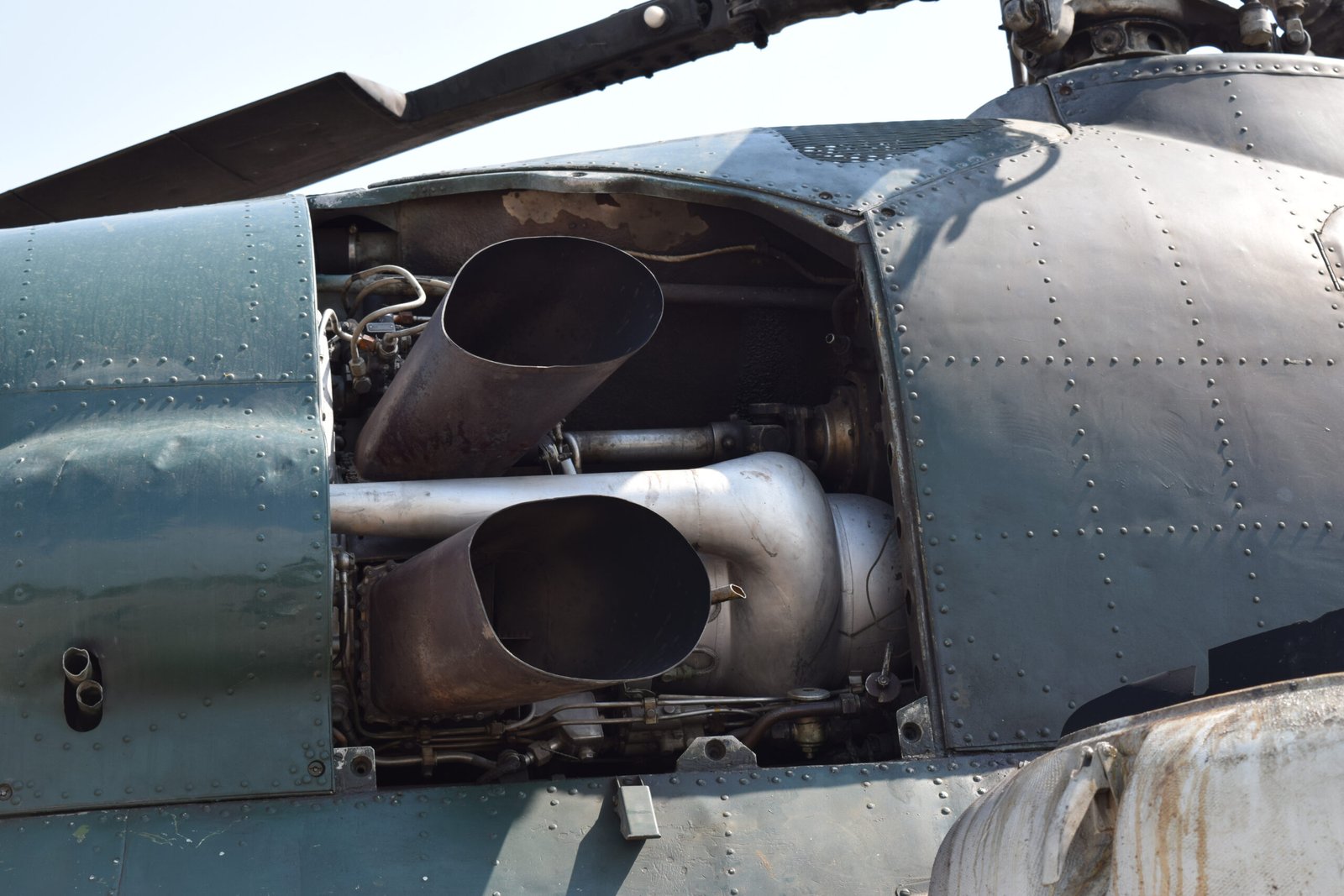cockpit
Behind the Cockpit Door: A Day in the Life of an Airline Pilot
When one imagines life as an airline pilot, thoughts often drift to the thrill of soaring through the clouds and commanding a massive aircraft. However, behind that cockpit door lies a world filled with rigorous training, advanced technology, and continuous learning. Let’s take a closer look at what it truly means to be an airline pilot in today’s aviation landscape.

*Aviation Technology Training**
The journey to becoming a pilot begins long before you ever step into the cockpit. Aspiring aviators must undergo extensive training that blends traditional methods with cutting-edge technology. Flight simulators play a crucial role in this process. These sophisticated devices replicate real-life flying scenarios, allowing pilots to practice maneuvers without leaving the ground. From handling emergencies to navigating tricky weather conditions, simulators provide invaluable experience.
Moreover, many airlines are increasingly incorporating virtual reality (VR) technology into their training programs. VR offers immersive experiences that can enhance situational awareness and decision-making skills—an essential aspect of piloting.
*Resourceful Online Learning**

In our digital age, knowledge is just a click away. Numerous aviation blogs and websites serve as treasure troves of information for both novice pilots and seasoned professionals alike. Websites like Airliners.net and PPrune.org provide forums for discussions on everything from technical issues to industry news.
Social media platforms have also become pivotal in connecting aviators across the globe. Twitter accounts such as @PilotNetwork offer insights into daily operations while Instagram showcases breathtaking views from the cockpit.
For those looking to deepen their understanding or even launch their career in aviation, online courses are a fantastic option. Platforms like Coursera and Udemy now offer comprehensive courses covering topics from aerodynamics to air traffic control procedures. Ground schools are essential too; they prepare students for FAA examinations while providing practical knowledge necessary for flight safety.
*Career Opportunities for Pilots**
Once trained, pilots can explore various job opportunities within the industry. While commercial airlines often attract most attention, there are many paths one can take—from cargo transport and charter flights to agricultural aviation or even flight instruction roles. The demand for qualified pilots continues to rise globally, making this profession an appealing choice for anyone fascinated by flying.
Yet it’s not just about traditional aviation anymore; drones have carved out their niche in recent years as well. As remote-controlled aircraft become increasingly sophisticated, they require skilled operators who understand airspace regulations and safety protocols—yet another avenue where aspiring aviators can find opportunity.
*Navigating Regulations and Resources**
Understanding regulatory frameworks is critical for any pilot’s success story. The Federal Aviation Administration (FAA) provides resources that cover everything from licensing requirements to safety guidelines—and they’re accessible online! Pilots should regularly check FAA links for updates regarding regulations or procedures that could impact their flying practices.
Additionally, staying informed about industry developments is vital; following reputable aviation organizations like AOPA (Aircraft Owners and Pilots Association) can keep you updated on legislation affecting air travel or advances in technology influencing how we fly.
In conclusion, life behind the cockpit door is multifaceted—a blend of education, practice, regulation compliance—and perhaps most importantly—a passion for flight that keeps pilots striving toward excellence every day they log hours in the sky. Whether through formal training via simulators or engaging with online communities dedicated to aviation enthusiasm—the path is filled with opportunities waiting to be seized!
The Hidden World of Cockpits: A Pilot’s Perspective on Modern Flight
When you think of aviation, the first images that might come to mind are sleek aircraft soaring through azure skies, passengers basking in comfort, or even the bustling activity at an airport. However, there’s a hidden world that many overlook—the cockpit. It’s a sanctuary of technology, training, and skill where pilots transform dreams of flight into reality.
In today’s aviation landscape, technology plays a pivotal role in shaping how pilots are trained and how they operate. Simulators have advanced beyond simple graphics and basic functions; they now offer immersive experiences that closely mimic real-life flying conditions. High-fidelity simulators replicate everything from turbulence to emergency scenarios, allowing aspiring aviators to hone their skills without ever leaving the ground. These simulators not only save time and resources but also provide invaluable training for managing unexpected situations.
For those looking to dive deeper into aviation knowledge, numerous blogs and websites cater to enthusiasts and professionals alike. Among the top choices are **AirlineReporter**, which offers insights directly from industry insiders, and **The Aviation Herald**, known for its detailed accident reports and safety analysis. Social media platforms like Instagram feature accounts such as @flywithcaptainmike showcasing stunning aerial views alongside pilot experiences. On Twitter, follow @AviationWeek for the latest industry news and trends.

Additionally, online courses have revolutionized how we approach learning about aviation. Ground schools like **King Schools** or **MZeroA** provide comprehensive programs covering everything from private pilot licensing to advanced instrument ratings—all accessible from your living room! Many of these courses combine video lessons with interactive quizzes ensuring that students grasp complex subjects effectively.
As the demand for qualified pilots continues to rise in the face of increasing air travel, job opportunities abound across various sectors—commercial airlines, cargo carriers, charter services, or even corporate jets. Organizations such as **Pilot Career Center** offer up-to-date job listings while providing resources for crafting resumes tailored specifically for aviation roles.

With technological advancements reshaping our skies further still is the emergence of drones—unmanned aerial vehicles (UAVs) changing everything from agriculture to photography. Drones are being integrated into commercial operations more than ever before; this means new career paths are emerging within this niche market! For those intrigued by drone piloting, consider exploring certification options through resources provided by organizations like the FAA or specialized drone schools.
Navigating regulations is crucial in both manned and unmanned flight operations. The Federal Aviation Administration’s website is a treasure trove of information—from rules governing pilot certifications to updates on airspace regulations affecting all operators. Bookmarking essential links can simplify staying informed on regulatory changes that could impact flying careers or hobbyist pursuits alike.
In conclusion, aviation is more than just flying; it’s about mastering a blend of technology and skillset that evolves continuously with modern demands. The cockpit encapsulates this journey—a place where rigorous training meets cutting-edge innovation—and it beckons those ready to take on the challenge. Whether you aspire to become a professional pilot navigating traditional routes or explore emerging fields like drone operations, there’s never been a better time to step into this exciting realm!

